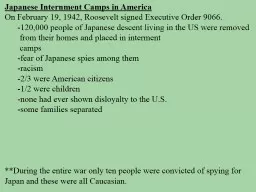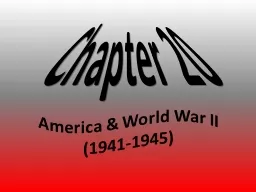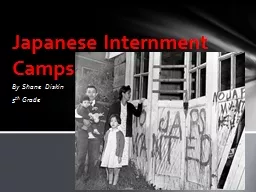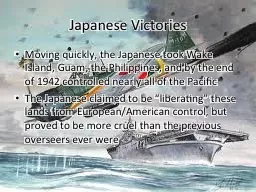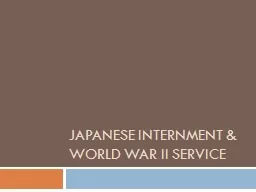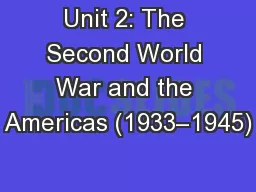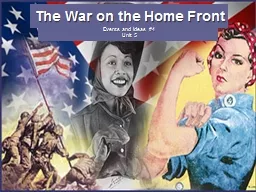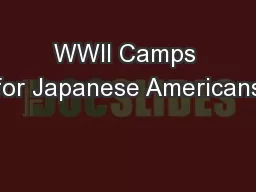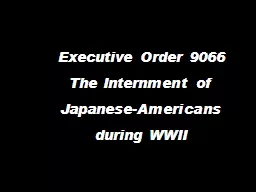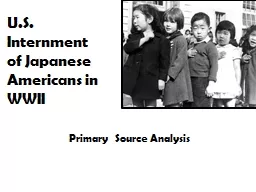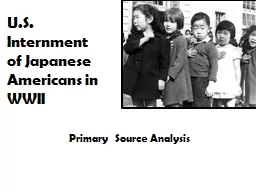PPT-Japanese Internment Camps in America
Author : dunchpoi | Published Date : 2020-07-03
On February 19 1942 Roosevelt signed Executive Order 9066 120000 people of Japanese descent living in the US were removed from their homes and placed in interment
Presentation Embed Code
Download Presentation
Download Presentation The PPT/PDF document "Japanese Internment Camps in America" is the property of its rightful owner. Permission is granted to download and print the materials on this website for personal, non-commercial use only, and to display it on your personal computer provided you do not modify the materials and that you retain all copyright notices contained in the materials. By downloading content from our website, you accept the terms of this agreement.
Japanese Internment Camps in America: Transcript
Download Rules Of Document
"Japanese Internment Camps in America"The content belongs to its owner. You may download and print it for personal use, without modification, and keep all copyright notices. By downloading, you agree to these terms.
Related Documents

